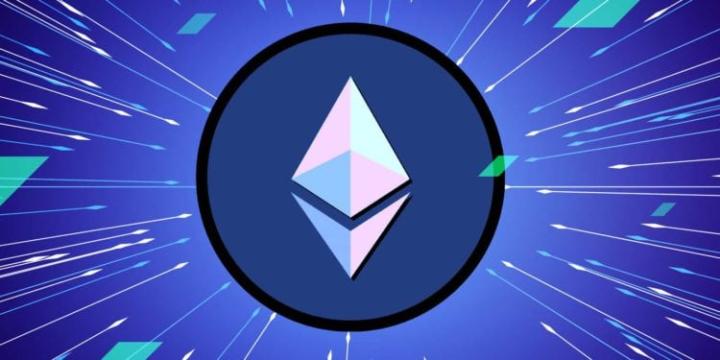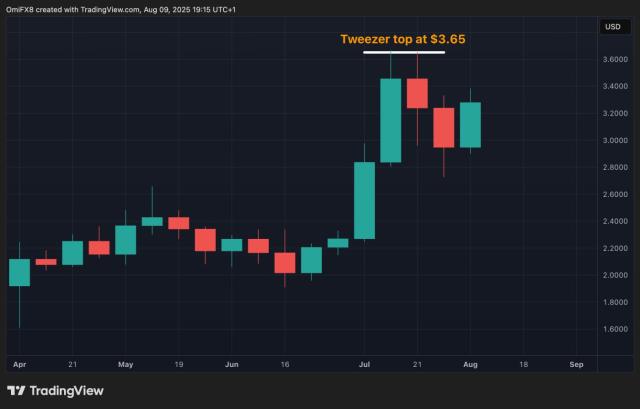Chainfeeds Guide:
We have transitioned from the hostile SEC under Gary Gensler to a more friendly crypto regulatory environment. From almost all indicators, DeFi adoption is rapidly growing. Therefore, now is a good time to understand DeFi's position in the current market.
Article Source:
https://www.thedefinvestor.com/p/the-state-of-defi-in-7-charts
Article Author:
The DeFi Investor
Perspective:
The DeFi Investor: The DeFi market has performed strongly since 2025. From the previous regulatory high-pressure period led by Gary Gensler to the current gradual shift towards crypto-friendly policies, DeFi adoption is accelerating on multiple levels. In terms of on-chain trading volume, DEX is steadily eroding CEX's market share: in June 2022, perpetual contract DEX only accounted for 0.98% of derivatives trading volume, but now, three years later, this ratio has increased 11-fold. Notably, the rise of Fluid DEX - within less than a year of launch, its daily trading volume on Ethereum once surpassed Uniswap, becoming the fastest-growing DEX. With Fluid DEX V2 about to go online, its higher capital efficiency is expected to stand out in the competitive DEX track. In the stablecoin sector, Ethena's interest-bearing stablecoin USDe recently first exceeded USDT and USDC in two-week capital inflows, marking the beginning of crypto-native solutions challenging the long-term dominance of centralized stablecoins. New projects like Resolv, Ethena, and Falcon Finance are expected to continue high-speed growth in the coming months. The Ethereum spot ETF attracted significant capital inflows in recent months but recently experienced its first large-scale capital outflow, with some views suggesting this might be traditional financial whales choosing to take profits. However, from an overall perspective, the ETH ETF's performance in the past two months remains the best in history. Meanwhile, DeFi lending protocols continue to iterate. Altitude.fi, a new protocol focusing on the best borrowing rates, supports users borrowing against interest-bearing assets like wstETH or cbBTC as collateral, avoiding selling long-term held assets while automatically repaying part of the debt. One user borrowed $135,000 to buy a Tesla, then borrowed another $62,000 months later, with total debt actually decreasing by $19,000; if using the traditional lending protocol Aave, the interest cost would have been as high as $100,000. Altitude's mechanism helped the user save nearly $29,000 in costs. The protocol's TVL has grown from $3.2 million to $18 million in the past three months and launched an ALTI token incentive program, with an expected FDV of $70 million, and TGE set to launch in the fourth quarter. DeFi market attention is approaching AI topics, with discussion heat doubling in the past few months, while meme sector heat has significantly declined, indicating the market is starting to focus on fundamental performance. Since 2025, projects with token buyback mechanisms have overall outperformed the market average, including Hyperliquid, Pump.fun, Maple, EtherFi, Kaito, AAVE, etc., reflecting investors' preference for assets with more value support. Simultaneously, Bitcoin exchange reserves have continuously declined since the ETF launch in February 2024, suggesting more BTC is being transferred to long-term holding and custody channels, further supporting BTC's medium to long-term trend. In the latest developments, Fluid DEX Lite mainnet launch, Pendle's Boros release, Jupiter Lend's Solana test version, Silo Finance's automatic leverage function, and SEC's clarification of LST's non-security status all demonstrate that DeFi market innovation remains unabated. Additionally, the US White House is preparing to issue an executive order to combat bank discrimination against crypto companies. DeFi's fundamentals, user experience, and policy environment are collaboratively driving it into a new stage. [Original text was in English]









